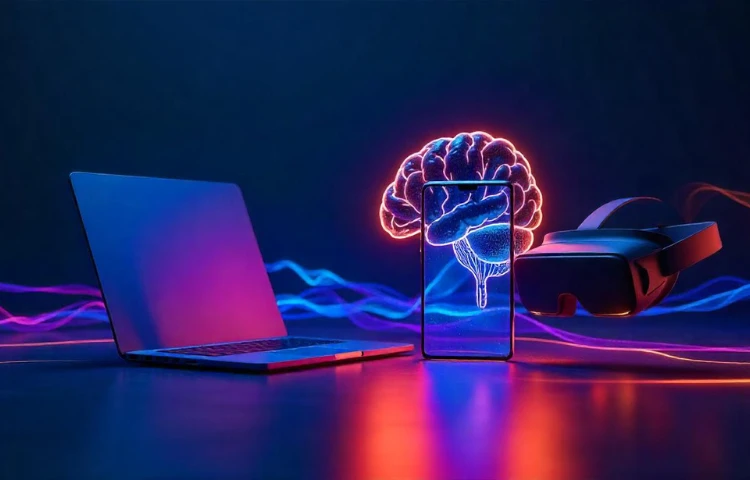

Prefer to listen instead? Here’s the podcast version of this article.
In the fast-moving landscape of consumer technology, Apple’s announcements often set the tone for the industry’s next wave of innovation. At WWDC 2025, the company unveiled a sweeping upgrade it calls “Apple Intelligence”—a tightly integrated suite of generative-AI capabilities designed to work seamlessly across iPhone, iPad, Mac, Apple Watch, and Vision Pro. By embedding a purpose-built, on-device foundation model and complementing it with the new Private Cloud Compute architecture, Apple is repositioning intelligence as a core system layer rather than a standalone feature.
Apple finally lifted the curtain on its own large-language and multi-modal model, built to run directly on the A18 and M-series Neural Engines. In demo videos, users drafted emails, rewrote notes in one tap, and created custom emoji-style “Genmoji” with nothing but a text prompt. By keeping the model local, Apple sidesteps latency and the data-harvesting concerns that haunt cloud-first rivals. [apple.com] [machinelearning.apple.com]
Some requests—say, summarizing a 50-page PDF or creating a cinematic image—still need beefier silicon. That’s where Private Cloud Compute (PCC) steps in. Apple built PCC on Apple-silicon servers that run the same security architecture as your iPhone, erase user data after each request, and let independent researchers verify the firmware. Apple claims even it cannot access your prompts or results. [security.apple.com]
Siri can now remember context across apps (“Book tomorrow’s 9 AM meeting location as a Calendar event and text the details to Emma”) and chain multiple intents without rigid commands. Apple is targeting a spring 2026 public release for the full Siri overhaul, giving teams more time to fine-tune accuracy and privacy. [pymnts.com ] [techcrunch.com]
Spatial widgets float beside real-world objects, allowing you to pin a live fitness metric next to your treadmill or translate a foreign sign in mid-air. Developers can tap Apple Intelligence APIs to build room-scale dashboards, immersive storyboards, or context-aware training simulations—all rendered at retina resolution with eye-tracking input.
Apple’s pitch is simple: begin a task on any Apple device and finish it on any other without repeating yourself. Hand-off now preserves contextual intent, meaning the Mac knows you were halfway through generating a marketing graphic in Keynote on your iPad and offers to complete it. The new IntelligenceKit framework lets developers feed their own domain-specific data into Apple’s on-device model for private, task-tuned results.
Apple’s 2025 vision paints a future where intelligence is not an app but a fabric woven through every interaction—from the glanceable widget on your wrist to the spatial dashboard floating in your living room. Whether you’re a developer eager to build on the new APIs or a business leader looking to supercharge workflows, now is the time to prototype, test, and iterate. The era of ambient, privacy-centric generative AI has arrived—and it’s wearing an Apple logo.
WEBINAR